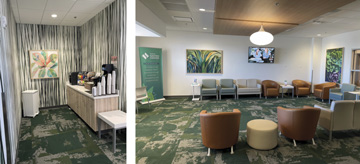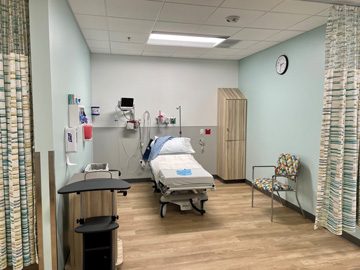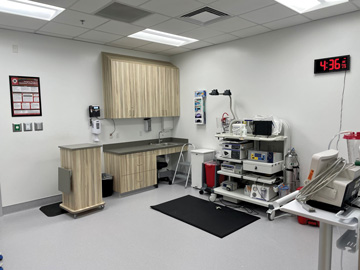People who love the outdoors and value affordable living are flocking to Boise, Idaho, making it one of the fastest-growing cities in the country. This incredible population surge led to the development of the Saltzer Health Ten Mile Medical Campus in nearby Meridian. The four-story facility, which was completed last year, includes a multi-specialty ASC on the ground level and the 10,347-square-foot Saltzer Gastro Center on the third floor.
It took approximately one year to design and build the state-of-the-art facility and although that might seem like an aggressive timeline, the scope of the entire project was well thought out and approached deliberately. We researched and visited other facilities and involved critical stakeholders in the planning process. Clinicians, operational leaders and industry experts all played important roles in designing the center. The result is a stunning combination of eye-catching form and high-performance function.
.svg?sfvrsn=be606e78_3)




.svg?sfvrsn=56b2f850_5)